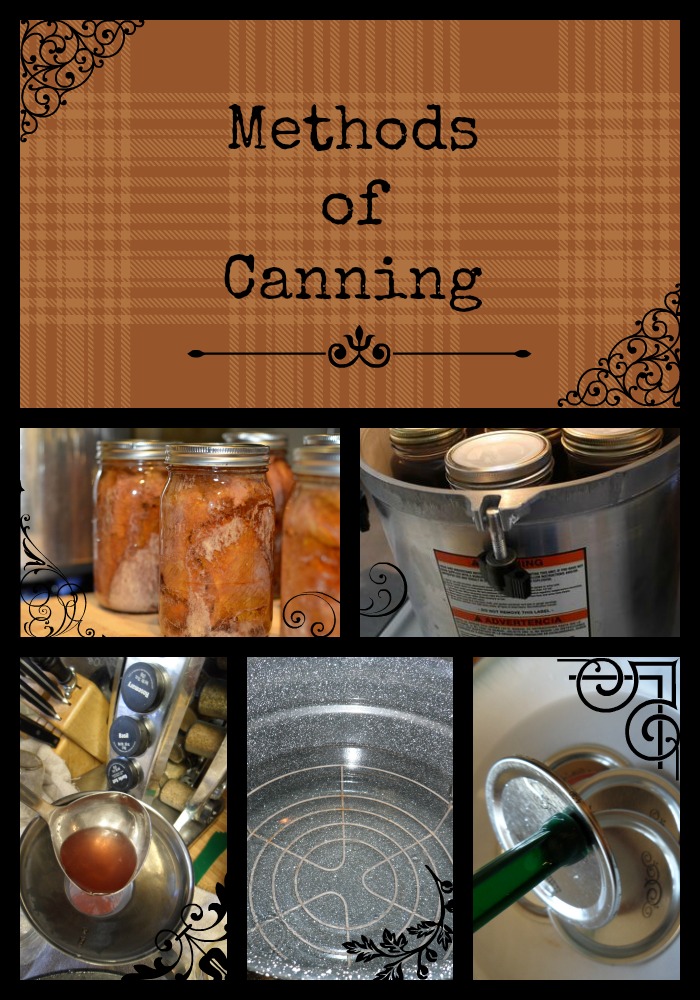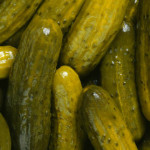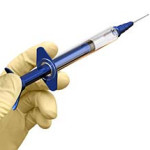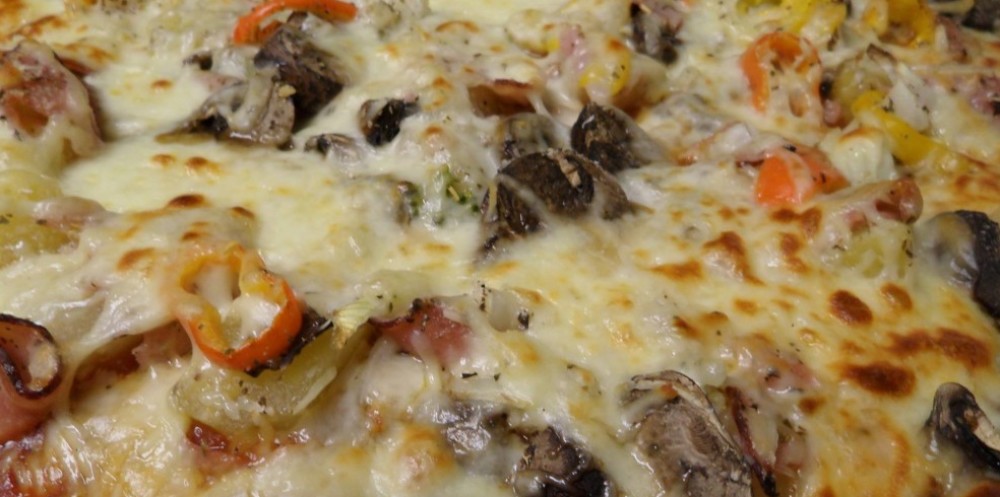 Canning is way to stop time. Through the canning process, we can suspend the food at its peak freshness and flavor to enjoy at a later date.
Canning is way to stop time. Through the canning process, we can suspend the food at its peak freshness and flavor to enjoy at a later date.
There are two different ways to can and preserve food. One is using boiling water, or water bath, and the other is pressure canning, which uses a pressure canner. Water bathing does not require any special equipment other than a pot large enough to cover the jars in water and a rack to keep the jars off of the bottom of the pot. Pressure canning, on the other hand, requires a specialized piece of equipment called a pressure canner, which is not the same as a pressure cooker. The pressure canner has a vent, a pressure gauge and screw on clamps. The pressure gauge is what differs a pressure canner from a pressure cooker, it is important to monitor the pressure during the canning process to ensure the proper amount of pressure is present on the jars throughout the canning process. I use an All American 921, which holds 7 quart jars or 19 pint jars.
First, you need to figure out which method is the best one to use for what type of food you want to preserve. Basically, low acid foods must be processed in a pressure canner  . This means that unpickled foods cannot be safely processed in a water bath. Foods that are highly acidic, such as fruit in syrup, pickled vegetables, sugar preserves and tomatoes with a little lemon juice added are perfect for the water bath.
. This means that unpickled foods cannot be safely processed in a water bath. Foods that are highly acidic, such as fruit in syrup, pickled vegetables, sugar preserves and tomatoes with a little lemon juice added are perfect for the water bath.
On the other hand, if you want to preserve meats, milk, seafood, all fresh vegetables not packed in a salt or vinegar brine and tomatoes without lemon juice, a pressure canner is a must. Tomatoes are a little weird because it used to be that all tomatoes were acidic, but throughout the years, acid has been bred out in exchange for sweet-tasting tomatoes. So the rule of thumb is if you are going to water bath tomatoes, add some lemon juice or use a pressure canner.
The reason you want to ensure you use the correct method of canning is to avoid Botulism poisoning. Even the word botulism is a very scary word. This nasty little  bacteria is odorless, tasteless and invisible. The toxin is produced by Clostridium Botulinum and one teaspoon can kill hundreds of thousands of people. Remarkably, it is the same toxin in Botox, which is injected into the face. What a strange world we live in.
bacteria is odorless, tasteless and invisible. The toxin is produced by Clostridium Botulinum and one teaspoon can kill hundreds of thousands of people. Remarkably, it is the same toxin in Botox, which is injected into the face. What a strange world we live in.
While boiling food does kill the botulism bacteria and toxins, water does not get hot enough to kill the spores. This is why you should always boil canned food before you eat it. However, if the food is canned incorrectly, there could be a problem. Pressure canners heat the food all the way up to 240F/100C which is more than enough to kill all of the bacteria, including the spores so no bacteria can grow.
Clostridium botulinum spores grow in an environment that has no air, is a temperature between 70F/21C and 110F/43C, and includes more than 35 percent moisture. Sound familiar? That’s right – it’s exactly the environment inside a canning jar of food stored in a kitchen cabinet at room temperature. However in a high acidic environment, the bacteria cannot survive and therefore dies. This is why water bathing acidic foods is safe. Freezing also renders botulism inactive, which is why freezing and dehydrating food is also safe.
Don’t let botulism scare you away from canning. If done properly, it will never be a concern to you or infect the food you feed your family. But as always, when you open your jar, if it smells funny or looks strange, throw it away and for God’s sake, don’t taste it.
Science, its good for you!
202 total views, 1 view today

